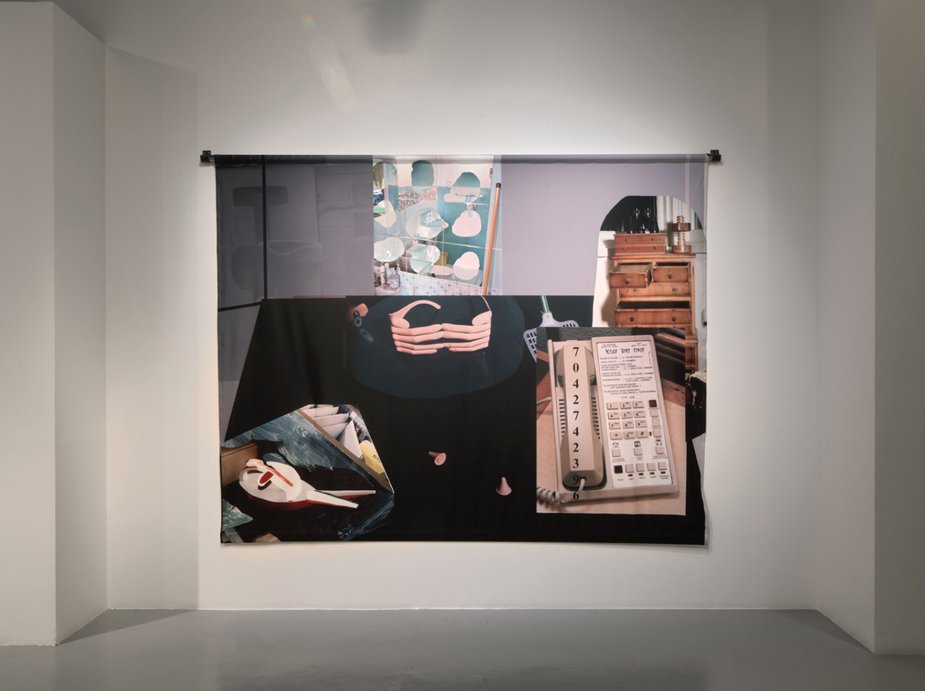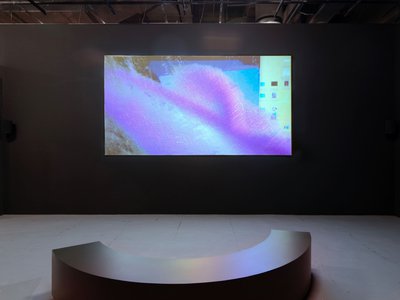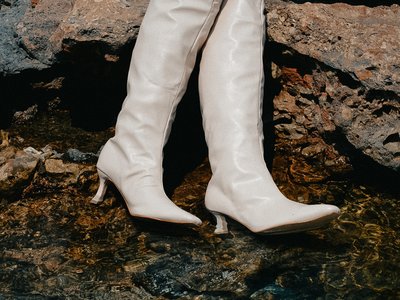Charlotte Cotton:
Your work and writing has been a guiding light for many – including me – for experiencing and thinking through what photography can mean and do in the 21st-century, in one of its most mercurial phases. Do you remember your motivations to work with a new medium to be back in the mid. 2000s and whether you think that your approach and enquiry has shifted (as the image context has done so) since then.
Lucas Blalock:
By the time I got around to using Photoshop as an evident part of the pictures I was making, I had already been using it as a kind of surrogate darkroom for a number of years. I was living in the southern U.S. and didn’t have access to traditional darkroom facilities so was scanning my film and looking at my work on the screen. During that time, I would periodically do most gestural things in the software but couldn’t quite figure out how it related to the work I was making. I could make things that I was interested in looking at but couldn’t quite grasp how they might be folded in. The ‘aha’ moment came in 2009, I believe, when I had just read Bertholt Brecht’s Brecht On Theater: The Development of An Aesthetic and started to see Photoshop as a kind of offstage labor that I could then bring on stage and into the pictures. But this of course is only part of the story. So much of the art I have been influenced by is not photographic and this reimagining allowed me so much more space to explore a more authored, reflexive kind of picture that was able to speak to things that I was chasing.
Charlotte Cotton:
I also think you channel the enduring possibilities that photography as a medium – it is idiosyncratic and paradoxical. The title of this exhibition – Experimental Photography – intentionally speaks to both the creative license that you and the other participating artists bring into our contemporary digital image environment but also the ‘DNA’ of photography and the terrain. How would you describe your relationship with photography’s histories; do you identify with them?
Lucas Blalock:
Photography is certainly paradoxical but these paradoxes get folded into common sense relationships that can make writing or talking about photography feel wooden and pedantic. We know these things already and yet the language we use around photography doesn’t support all of this ambiguity. For example, a still life picture presents objects that aren’t there. It makes present its subject but it also makes conspicuous the absence of that subject, leaves us speaking about a thing that isn’t there. Of course, we know this but when we engage with photography these both/and or neither/nor relationships tend to collapse into a more notational framework, leaving little room to explore the translations going on in the picture. We see a photograph of an apple and immediately the word 'apple' comes to mind.
My interest in the history of photography falls more or less along a line of thought developed in Surrealism. The Surrealists were interested in the photographs of Eugene Atget but also in the darkroom experiments of Man Ray and Dora Marr and others. But on both sides, it seems to me that they were interested in the false positivism of photography — a complicated, industrial, subjective picture of the world rendered as simple fact. My work, by making space for labor and humor and oddness asks the viewer to hold two spaces in mind at the same time — the translated image and the pre-translated world in front of my camera. I think this ‘weirding’ opens up photography to some form of being seen while seeing. You might think about it the way poetry opens up written language to being seen in its own right, and I do think that this has been a concern for many people thinking about photography since the birth of the medium.


